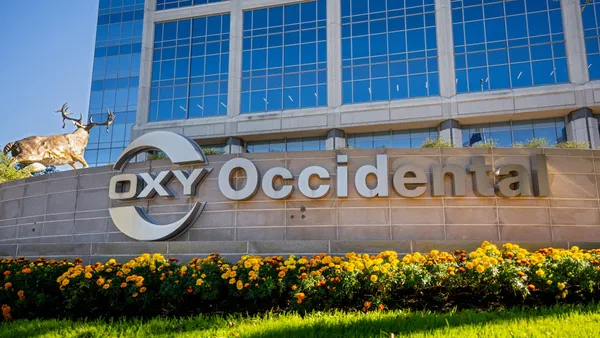Neil Fisher is a partner at The NorthBridge Group, Roger Ballentine is the president of Green Strategies and Armond Cohen is the founder and executive director of Clean Air Task Force.
Electricity buyers have become a growing force in clean energy deployment. Thousands of companies have set voluntary renewable energy and/or emissions reduction goals. Almost universally, companies use established rules for calculating and reporting inventories of emissions arising indirectly from electricity use described in the Greenhouse Gas Protocol’s Corporate Standard and Scope 2 Guidance. For over two decades, the protocol has been used to set targets, track progress and inform stakeholders. In many ways, the protocol has succeeded.
But today’s accounting rules are not aligned with the urgent actions required. While government and private pledges to cut emissions cover more than 90% of the world’s economy, emissions are still rising. Society cannot afford actions and expenditures to support claims of progress while not accomplishing real-world emission reductions. Three fundamental problems exist with current scope 2 accounting.
- It does not accurately measure emissions from purchased supply serving electricity use.
- It does not recognize the value of firm carbon-free electricity, or CFE, and flexible balancing resources (e.g., storage) to complement variable wind and solar generation.
- It does not estimate and prioritize real-world emissions reductions.
The current process to update the protocol is the best opportunity to measure real progress. The following scope 2 market-based accounting improvements are needed:
- Inventories should reflect the emissions from supply deliverable to the location and timing of customer consumption.
- Customers should be able to count all energy attribute certificates, or EACs, purchased and retired either directly or on their behalf.
- EACs should be used to substantiate CFE-use claims and be allocated to customers who purchase them.
- Required CFE/EAC purchases by customers, even if not claimed, should not reduce the emissions of other customers who have not purchased EACs.
These improvements are detailed in a paper, When Should Companies Be Able to Claim They Consume Carbon-Free Electricity? They would enable companies to report accurate and credible claims about the emissions from supply serving their electricity use, while creating demand to accelerate the growth of all CFE resources necessary to decarbonize electricity grids reliably and affordably.
Further, enhanced reporting is needed to fix a fundamental flaw in the current rules — the absence of any requirement to estimate and prioritize real-world emissions reductions. Today, reporting companies can reduce their reported emissions based on their ownership of EACs. But not all EACs reflect the same climate benefit. Procured generation and/or EACs can have significantly different system-impacts depending on the location and timing of production and whether and what marginal changes occur over time. This problem and a proposed solution are described in How Attributional and Consequential Accounting Differ and Why Both are Essential to Measure and Incentivize Progress Towards GHG Reduction Goals.
Improved metrics would enhance the accuracy and relevance of disclosures. They could identify high-impact procurement approaches and allow true climate leadership to be recognized. In a joint letter to the World Resources Institute and the World Business Council for Sustainable Development, seventeen stakeholders recommended that the protocol include improved attributional and consequential metrics. While further work needs to address the timing, burden and data availability for new requirements, building the reform process around both types of metrics will ensure the protocol harnesses the power of electricity buyers to drive the actions required to achieve global net zero targets.












